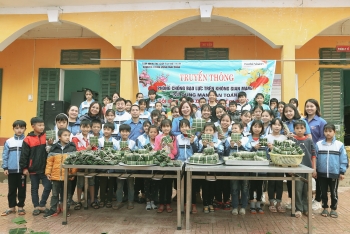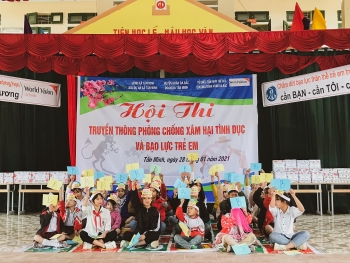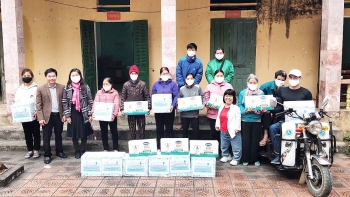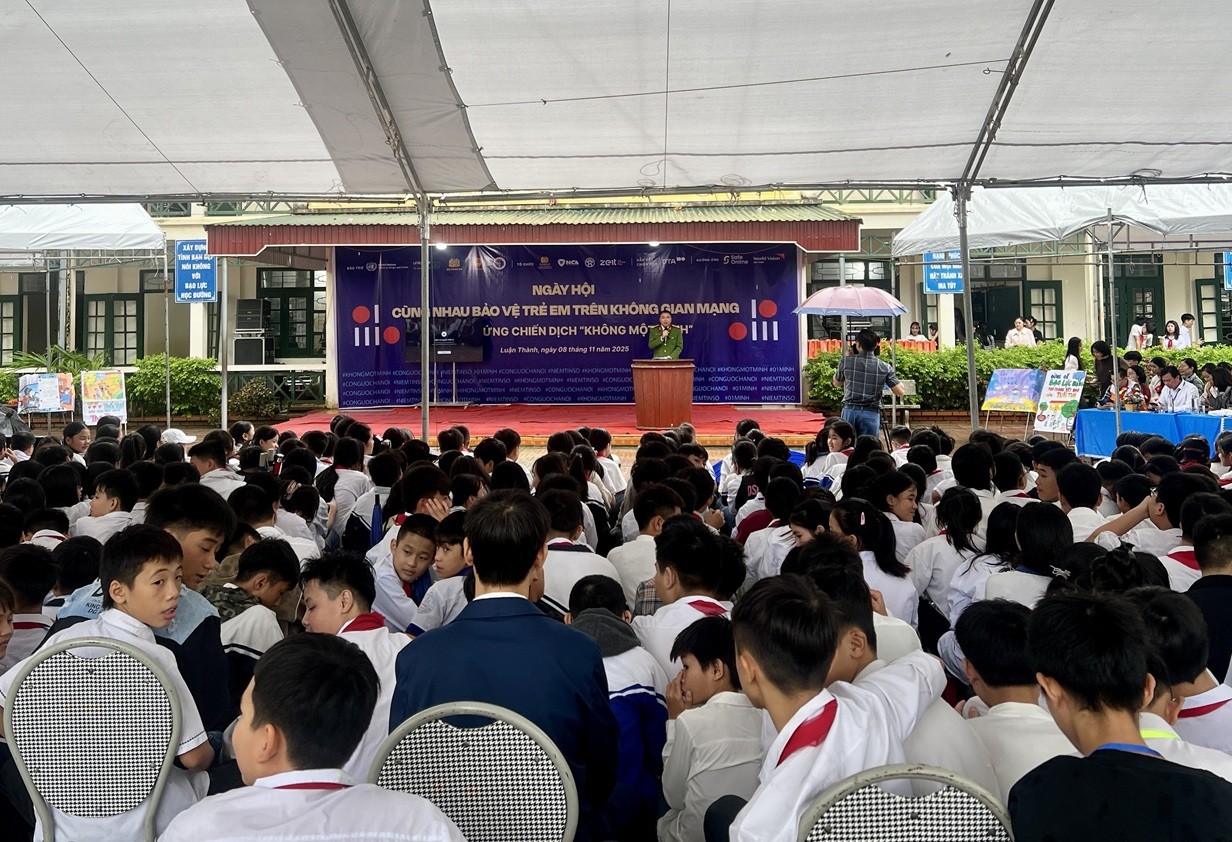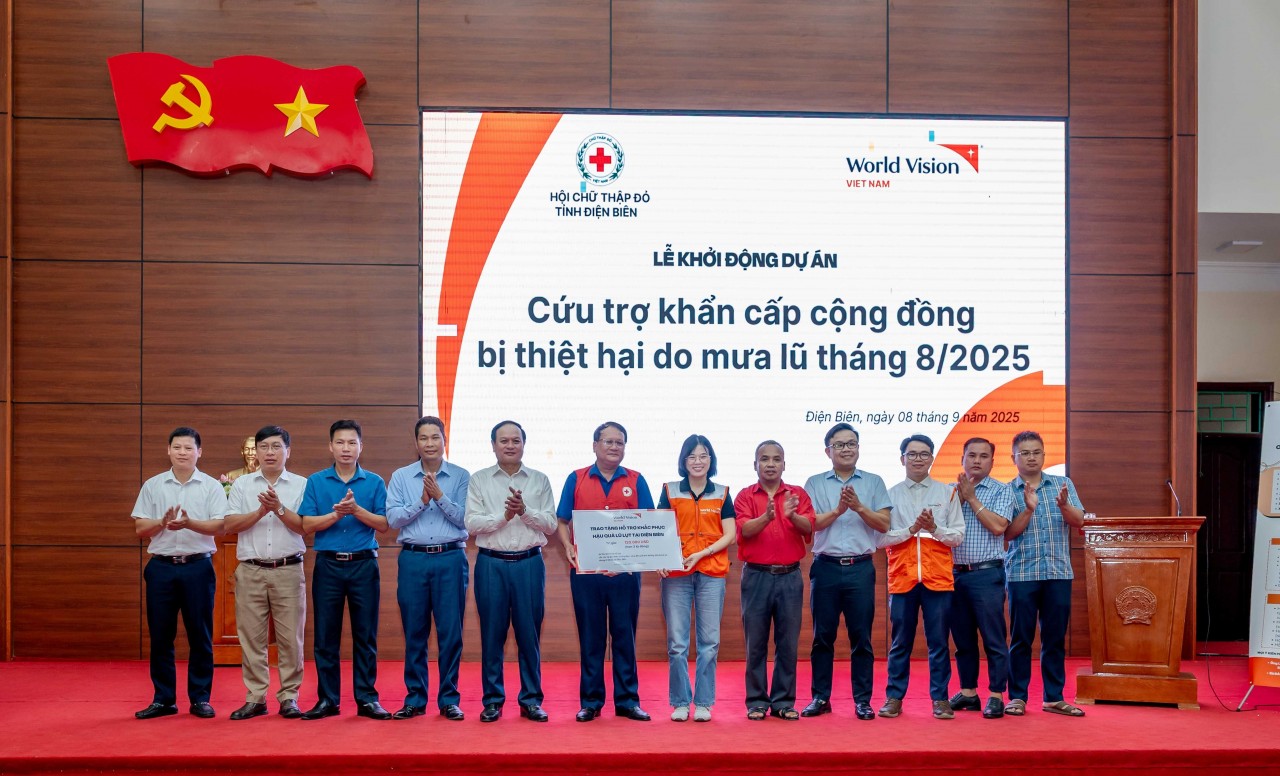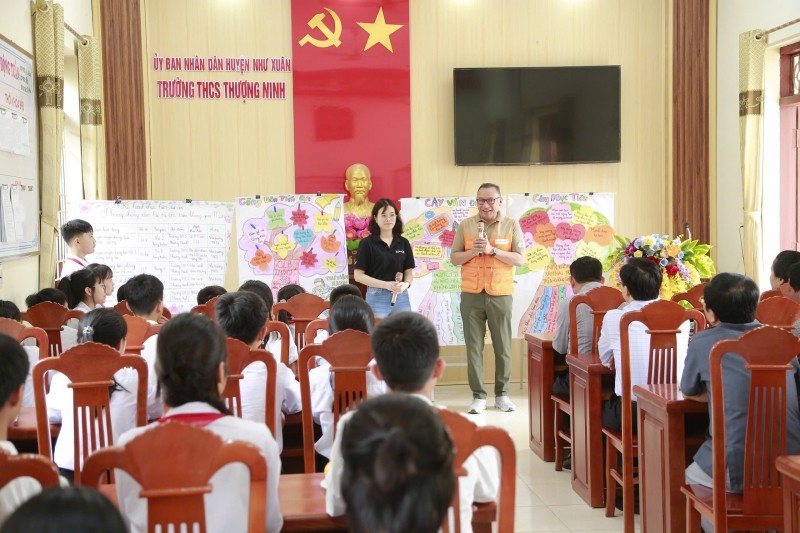Community-Led Total Sanitation Program launched in two Hoa Binh's communes
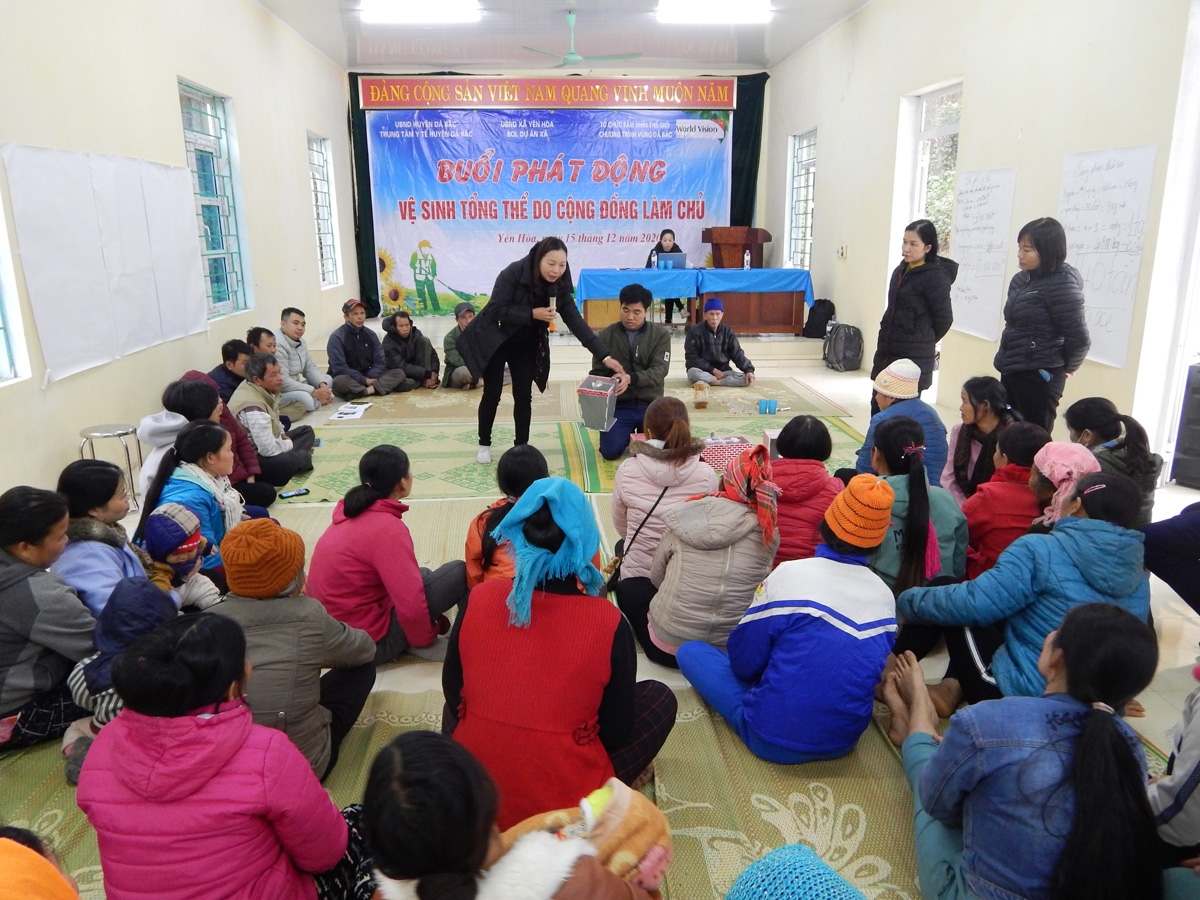 |
| Community-led total sanitation (CLTS) uses participatory approaches to mobilize communities to build their own toilets and stop open defecation. Source: baohoabinh.com.vn |
Recently, World Vision Vietnam cooperated with the Medical Center of Da Bac District (Hoa Binh Province) launch the Community-Led Total Sanitation Program in Yen Hoa and Doan Ket Communes.
Community-Led Total Sanitation (CLTS) is an innovative methodology for mobilizing communities to completely eliminate open defecation. Communities are facilitated to conduct their own appraisal and analysis of their hygiene situations, defecation habits, and their consequences.
Unlike other approaches that subsidize cash or household materials and focus on building toilets, CLTS focuses on community's incentives to change their defecation behavior.
The main activity of the CLTS approach is "triggering" where collaborators help the community members become more aware, thereby gradually changing their existing sanitation behavior. Specifically, the community members are guided to map their home locations and the open defecation locations, then estimate the amount of feces discharged into the habitat through simple calculations, before analyzing the cycle of fecal–oral contamination.
The CLTS approach ignites a sense of disgust and shame among the community. They collectively realise the terrible impact of open defecation: that they quite literally will be ingesting one another’s ‘shit’ as long as open defecation continues. This realization mobilizes them into initiating collective action to improve the sanitation situation in the community.
With the mentioned activities, the consequences of open defecation are clearly and vividly illustrated, which encourage people to voluntarily replace their open defecation habits with the build and use of toilets./.
 | Vietnamese girl leadership on menstrual hygiene management Through the program funded by Kimberly Clark, Plan International Vietnam will empower adolescent girls living in urban spaces and ethnic minority communities in remote rural ... |
 | COVID-19 recovery project started in Da Nang's district A project will be starting in Hoa Vang district of Da Nang city to recover from consequences of natural disasters and disease and promote public ... |
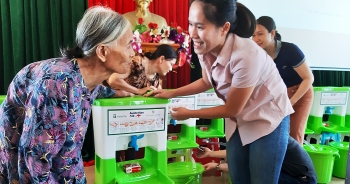 | EMW supports equitable access to water, hygiene and sanitation for vulnerable families With support from Australia, through Water for Women, East Meets West, a program of Thrive Networks and the Vietnam Women's Union have distributed 2,018 handwashing ... |
Recommended
 Friendship
Friendship
International Friends Congratulate 14th Congress of Communist Party of Viet Nam
 Friendship
Friendship
Lao Ambassador to Vietnam: The 14th National Party Congress to Lead Vietnam into a New Phase of Rapid and Sustainable Growth
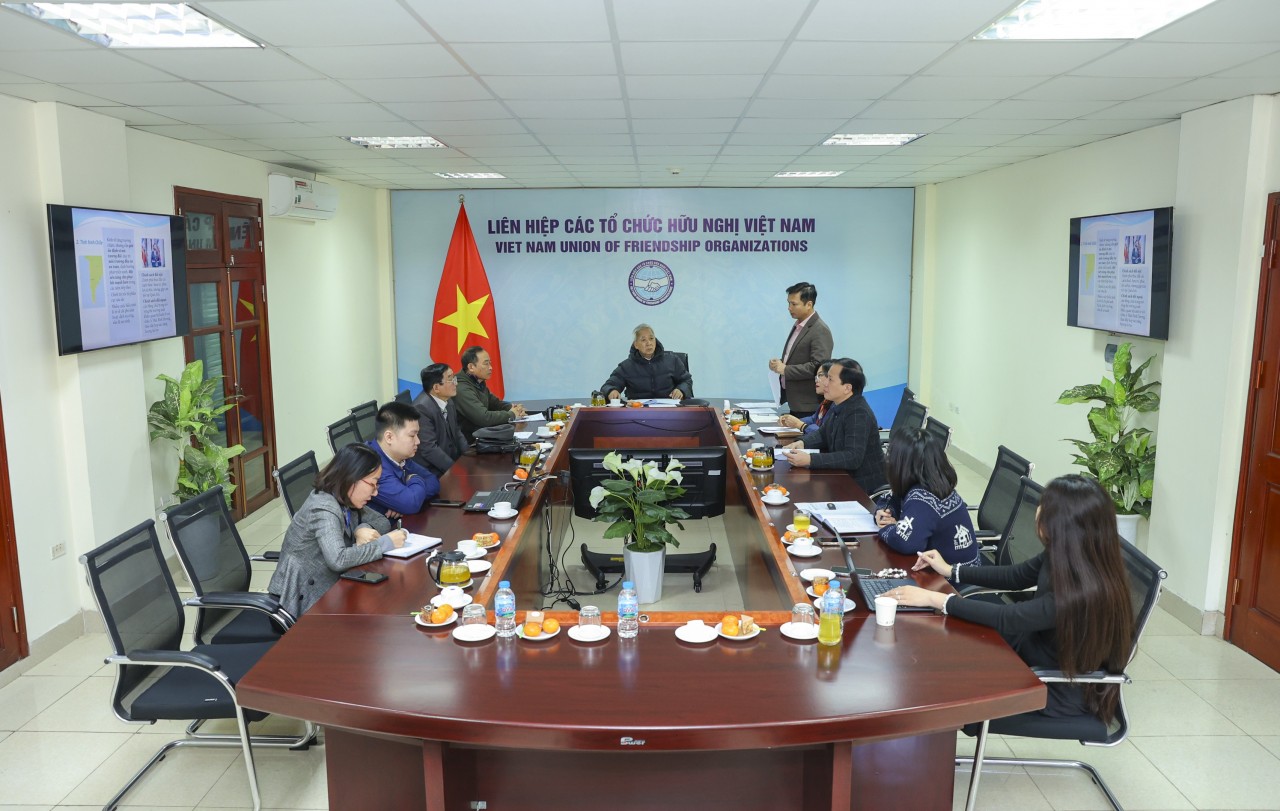 Friendship
Friendship
Vietnam-Chile: Linking People-to-People Exchanges with Local Connectivity and Concrete Cooperation Models
 Focus
Focus
Strong Innovation to Enhance the Substantive Effectiveness of People-to-People Diplomacy in 2026
Popular article
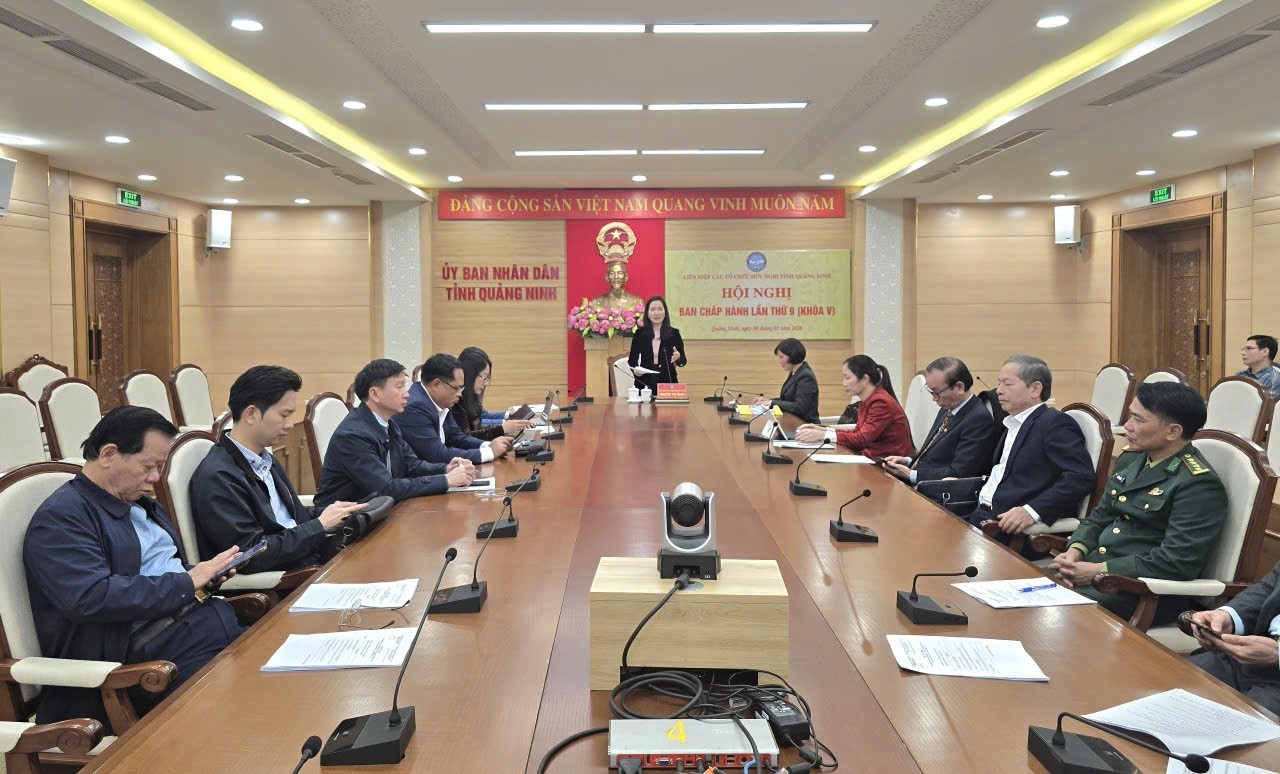 Friendship
Friendship
Quang Ninh Union of Friendship Organizations in 2026: Organizational Strengthening
 Friendship
Friendship
10 Highlights of Vietnam’s Culture, Sports and Tourism in 2025
 Focus
Focus
Viet Nam Union of Friendship Organizations Reviews 2025 Performance, Sets Tasks for 2026
 Friendship
Friendship

